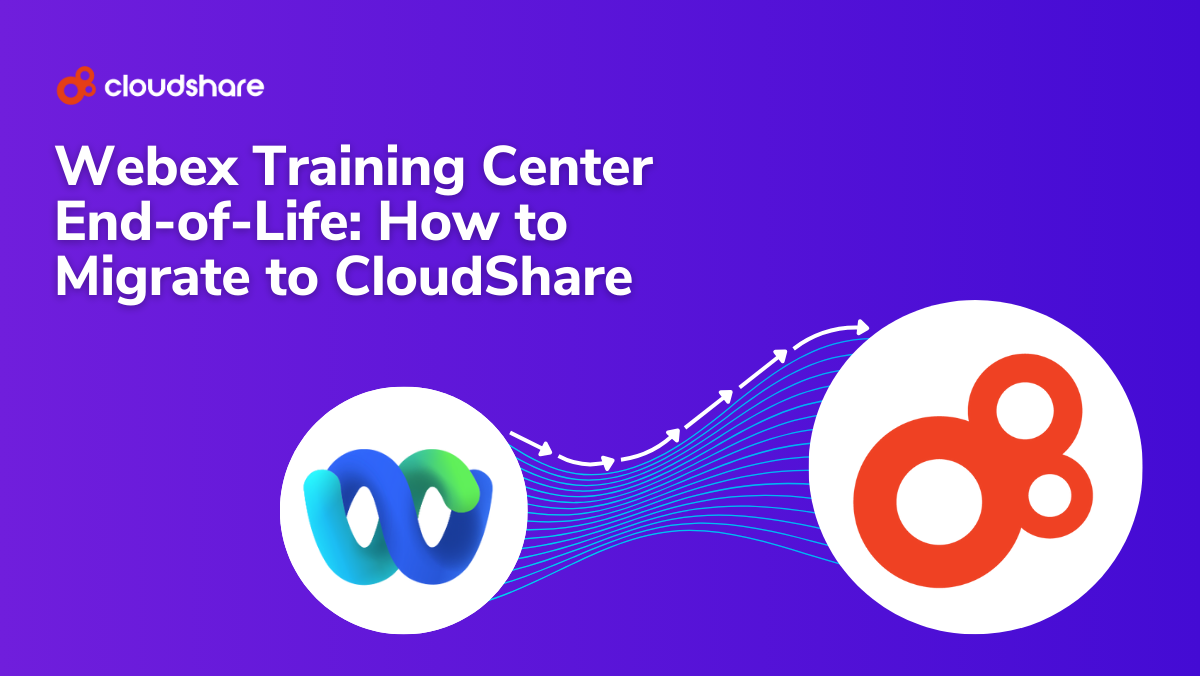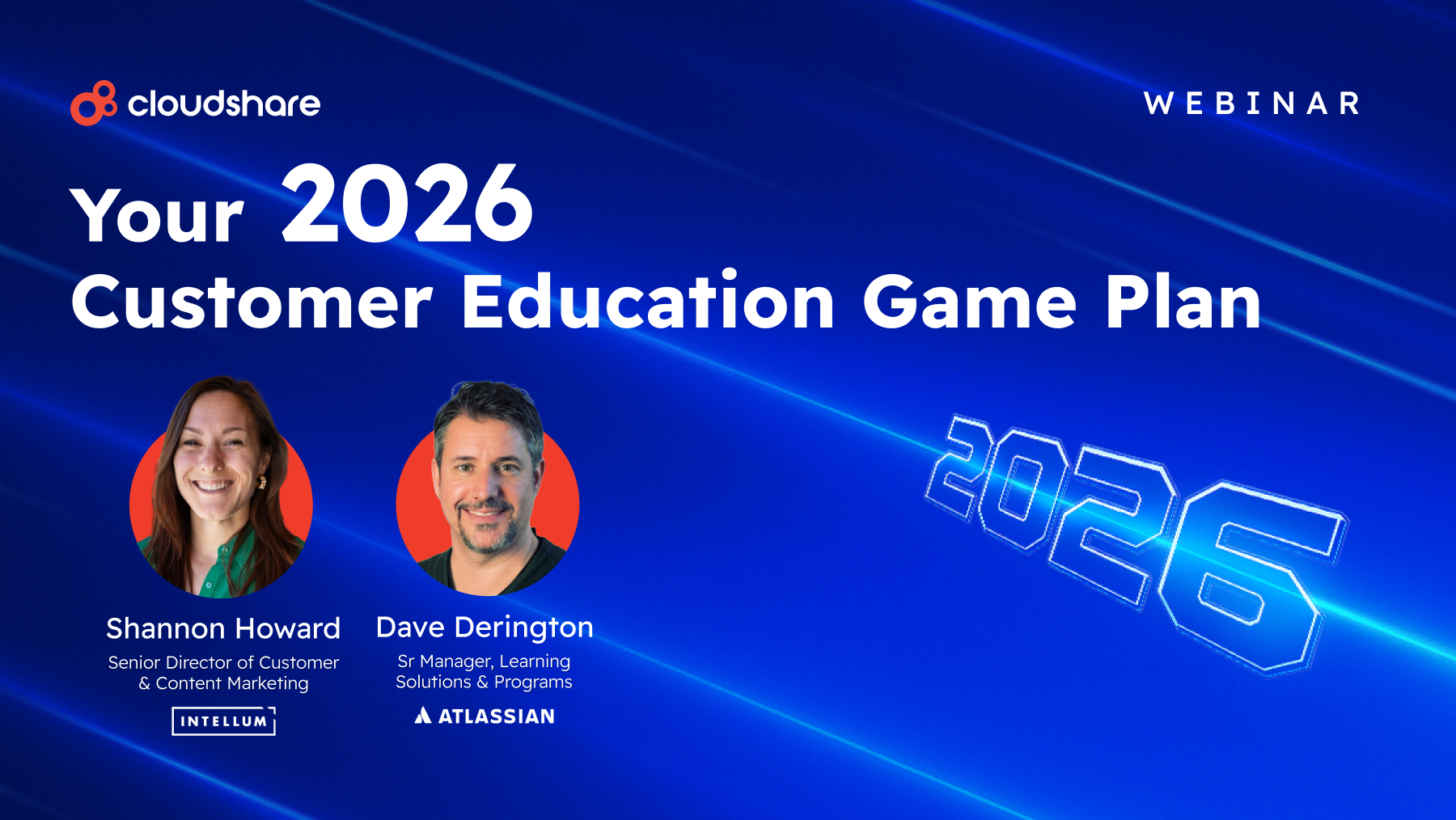
Picture two B2B software companies.
The first takes an entirely hands-off approach to onboarding, expecting new customers to figure things out more or less on their own. Maybe they provide a knowledge base with a few introductory materials, but that’s about it.
The second regularly optimizes and updates their customer onboarding process, incorporating feedback and learnings from the customer success team to ensure that new customers both unlock the full potential of their software and continue to gain value from it over time.
Which of the two companies do you think will be more successful in the long term?
The most successful businesses understand the importance of providing customers with the tools and knowledge they need to succeed. They know how vital it is to enable and empower their customers.
But how do you master customer enablement? This article unpacks the benefits, key core components, and best practices, to explain what makes it so essential.
Why is Customer Enablement Important?
Sure, some companies can get away with not having a customer enablement strategy in place. Maybe they’re B2C organizations with relatively simple products or service providers with straightforward delivery methods.
Most B2B software vendors inhabit a very different world. Their platforms are complex and loaded with features. The sales process is long and full of questions and objections. A lot can go wrong during onboarding, leading to rapid churn. And, of course, customers may expect a customized version of a solution that fits their exact needs.
An effective customer enablement strategy ensures people can easily use your software, resulting in a better customer experience and potentially increasing retention and upsell.
Key Elements of Effective Customer Enablement
Customer enablement isn’t just training or support. It encompasses every stage of the customer journey.
A successful customer enablement program must include:
- Support: there’s a reason most vendors provide 24/7 product and technical support. It’s what modern B2B users expect. If you cannot deliver fast, reliable assistance, many customers will move to a vendor who can.
- Customer education: onboarding aside, customer education provides customers with a comprehensive library of educational resources such as industry-specific guides and walkthroughs.
- Community engagement: the days when software providers could simply deliver a product and then leave users to their own devices are long gone. The most successful software companies actively engage with their audience. Some take it a step further and maintain official communities or forums around their product.
- Feedback: your customers should be able to reach out to you with ideas, problems, and concerns about your software. In addition to giving you an idea of what to prioritize in your future development efforts, a customer feedback loop also lets users feel that you’re actually engaging with their needs.
- Proactive, tailored onboarding: different customers are going to be interested in distinct use cases and features. Personalized onboarding ensures that each new customer can learn about what’s most relevant to them without spending too much time on the stuff that isn’t.
Best Practices for Better Customer Enablement
To maximize the effectiveness of customer enablement, your team should focus on a few key areas.
Leverage the Power of AI
Delivering personalized onboarding and training to every customer used to be nigh on impossible. Thanks to generative AI, that’s no longer the case. AI-driven training solutions allow your business to deliver more flexible, dynamic, and targeted training through adaptive learning.
That’s not the only way AI can help you enable your customers. AI support agents are now more advanced than they’ve ever been and can tackle even relatively complex customer support enquiries. Meanwhile, AI communication and outreach tools enable deeper personalization throughout the customer journey.
Your business can also use AI to empower sales and customer success teams through automation and AI-driven skill assessments.
Always Remember: The Customer Comes First
Customers should be at the center of every decision your company makes, from what features you focus on developing to how you optimize your onboarding experience.
The best way to achieve this is to start thinking like a customer: ask yourself what you would want the company to do if you were on the other side of the desk. In fact, voice of the customer (VoC) programs can be one of your most valuable assets.
Be Proactive
“If you build it, they will come.” Or not.
It’s the most famous line from the 1989 movie Field of Dreams and one of the most memorable quotes of all time. Although it may have applied to the B2B space at one point, it’s been irrelevant for several decades now.
It’s no longer enough to simply build a solution. You need to tell people about it. You must actively engage with customers and prospects, leveraging analytics data to anticipate their needs and address any issues they might encounter.
Build a Winning Toolkit
How does your current stack of customer enablement tools look? In addition to a learning management system (LMS), look into the following solutions:
- Customer relationship management software for storing and organizing customer data
- Community engagement platforms to help customers connect with one another
- Interactive assessment tools to give customers ownership of their learning outcomes
- Messaging tools for customer support
Next Steps: Create More Engaging Customer Training
Customer education might not be the only component of customer enablement, but it’s definitely a cornerstone.
Educating your customers is crucial to ensuring they get the most out of your software.
But what can you do to ensure your educational materials are compelling enough for customers to engage?
Start by reading 10 Ways You Can Increase Customer Engagement in Your Training to learn about proven strategies for boosting customer engagement.





